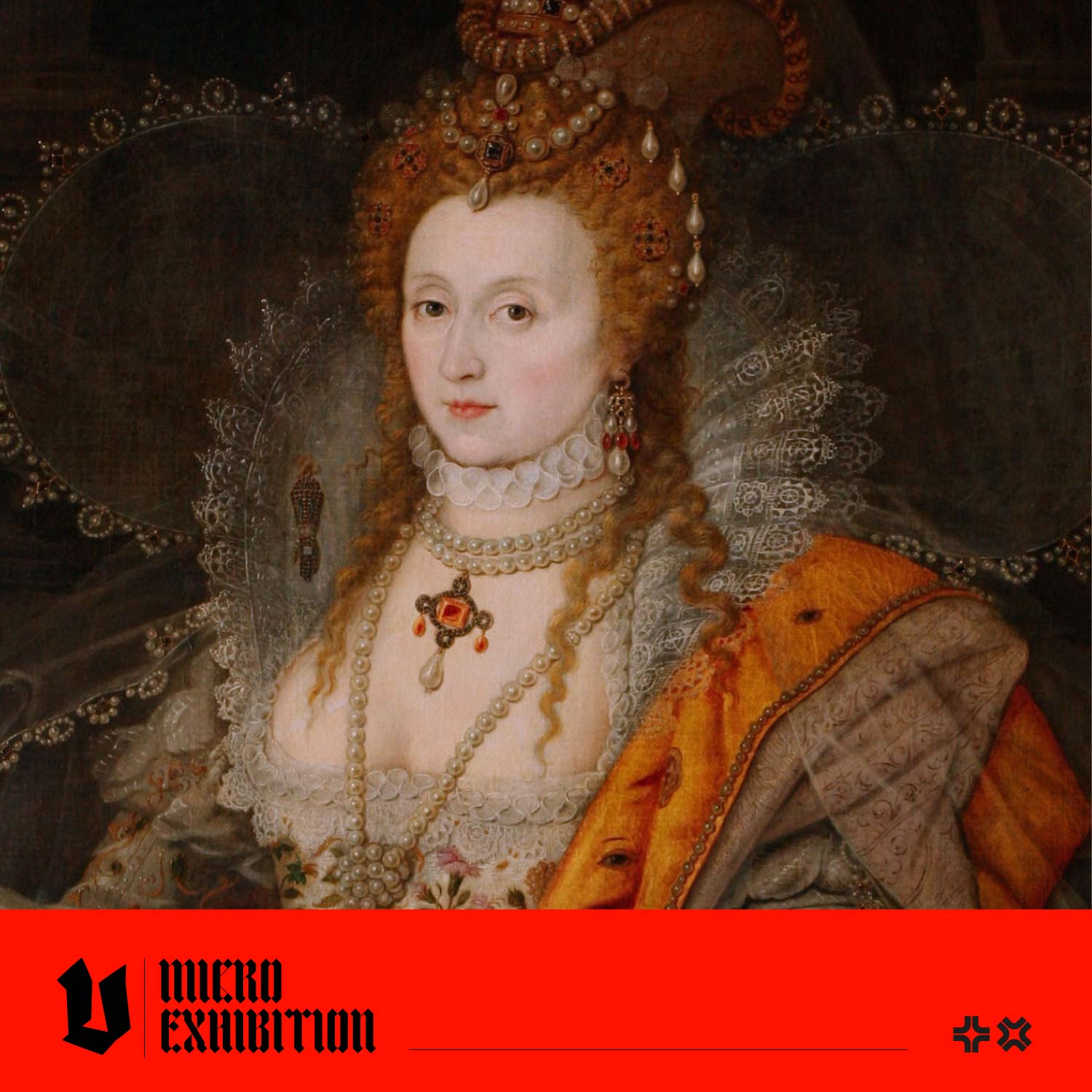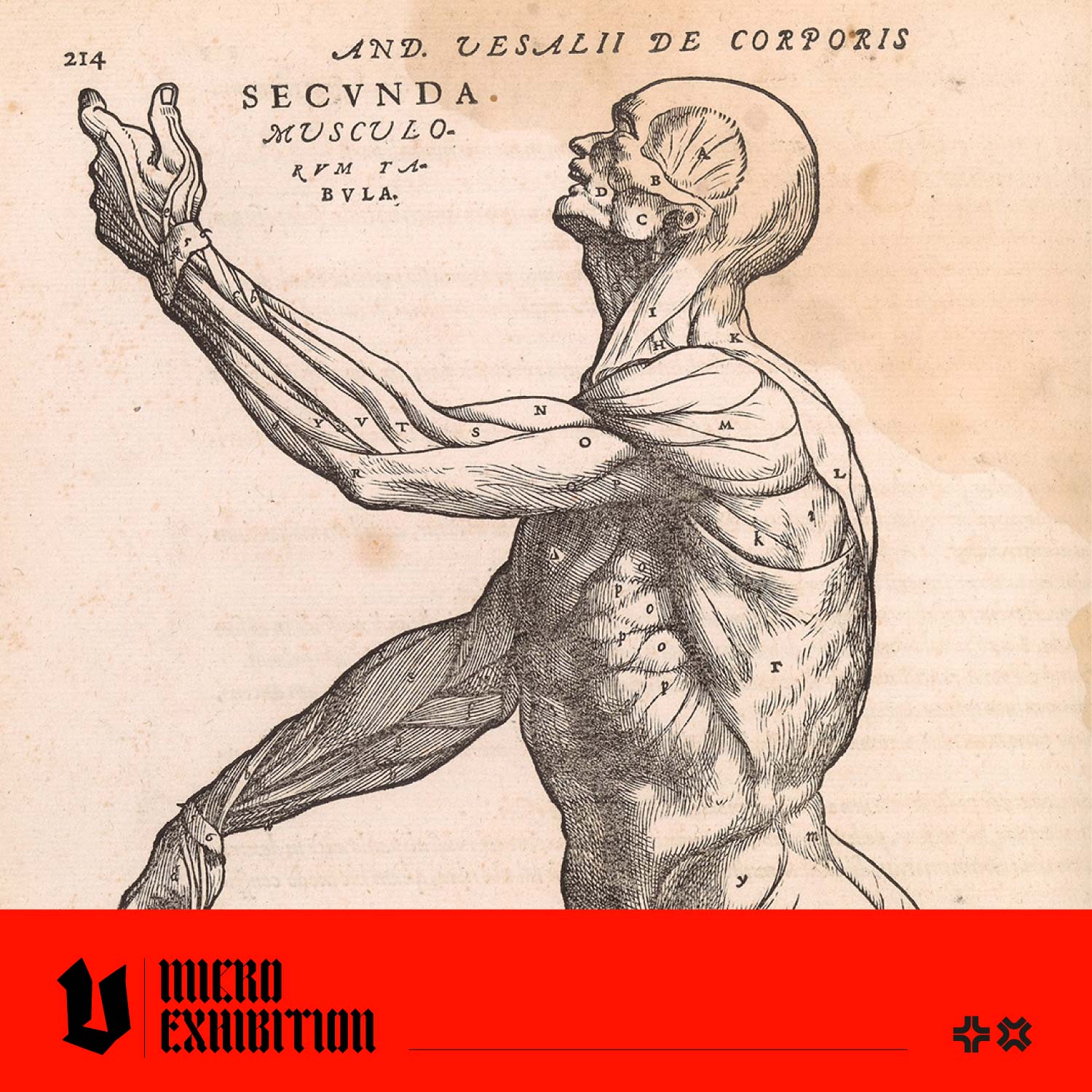Lost in Restoration: Five Infamous
Art Restoration Fails
Restoration of artwork is a delicate process, requiring precision, expertise, and a deep understanding of the artist's intent. However, not all restoration attempts succeed. Some have resulted in unintended consequences, leaving artworks irreversibly altered and sparking public outcry. This article will explore several infamous botched art restorations and compare the restoration attempt with the original work. Let's go!
-
Ecce Homo (Behold the Man) by Elías García Martínez: This attempt is probably one of the most well-known examples of recent times. In 2012, the small town of Borja, Spain, became the centre of international attention when a parishioner attempted to restore a deteriorating fresco of Jesus in her local church. Despite her good intentions, the amateur restoration left the face of Jesus unrecognisable, drawing worldwide ridicule and criticism. On a positive note, the restoration caused a massive boost in tourism for the town, with hundreds of thousands of visitors visiting the church to see the artwork in person. The income from donations, entry fees and merchandise (fancy a glass of Ecce Homo wine?) has boosted the town's popularity, the local economy and raised money for charitable causes.
-
The Statue of St. George: An attempted repair of a 16th-century wooden sculpture of St. George in the Church of St Michael in Estella, Navarre, Spain, went so wrong that it required a $34,000 professional restoration. The 500-year-old effigy of St George slaying a dragon was repainted by a local handicrafts teacher at the request of the church where it stands. Internet commenters likened the simplistic result to the Tintin cartoon character, and the subsequent 're-restoration' took a team of professionals 1,000 hours to complete.


The statue of St. George before the 2018 restoration attempt, statue post-restoration, and statue following "unrestoration" Courtesy of Navarre regional government.
3. The Immaculate Conception of Los Venerables by Bartolomé Esteban Murillo. An anonymous collector in Spain wanted their copy of this painting cleaned and restored. Unfortunately, two attempted restorations rendered the painting unrecognisable from the original image of the Virgin Mary. This outcome highlights concerns by conservation experts who want to introduce more stringent regulations for the restoration industry. 
The original version and two restoration attempts, via House & Garden
4. The Virgin and Child with St. Anne by Leonardo Da Vinci: The Louvre Museum in Paris orchestrated a controversial restoration of Da Vinci's The Virgin and Child with St. Anne in 2010-2011. The process of restoration significantly lightened the colours of the painting and resulted in two art experts on the committee supervising the painting's restoration resigning in protest. 
The Virgin and Child with St. Anne by Leonardo da Vinci via Britannica
5. Spandrel above the lunette of Jesse, David and Solomon by Michelangelo. The Sistine Chapel in the Vatican is home to incredible works of art by Michaelangelo, Botticelli, Ghirlandaio, and Perugino. Restoration work has been required throughout its long history, with the most recent works unveiled in 1999 (initial planning began in 1979). The process was very well-researched, prepared and documented. Still, even the best-laid plans can go awry as during the restoration process, the eyeballs of the subjects in Michaelangelo's frescos were accidentally removed! Read more about the restoration here. 
Before and after image of the spandrel, via Wikipedia
While the intention behind restoration is often noble – to protect and prolong the life of valuable artworks – it is crucial to approach such endeavours with caution, expertise, and respect for the artist's original vision. By learning from past mistakes and embracing rigorous standards of conservation, we can preserve and protect great artworks for the future.





